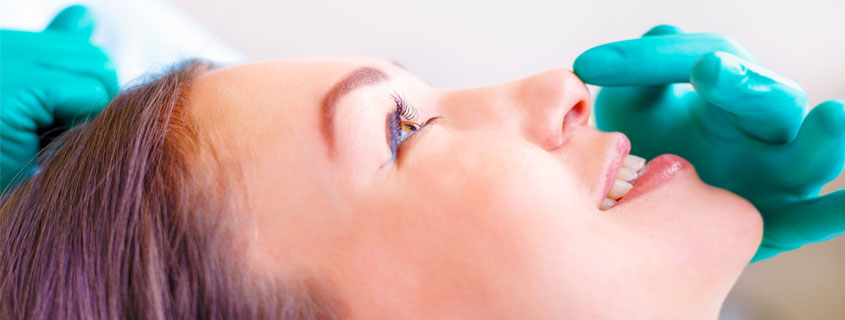
There are times when an original rhinoplasty procedure doesn’t go as planned. Studies show that around 15% of rhinoplasty patients will require a revision procedure because they’ve been left with an asymmetrical nose or breathing difficulties.
Basically, the main reason why patients opt for revision rhinoplasty is to resolve issues that arose from the original surgery. It should be noted that needing a revision rhinoplasty doesn’t necessarily mean that your plastic surgeon is to blame. Sometimes the healing process doesn’t go as planned, which can also lead to complications.
Understanding Revision Rhinoplasty
Unfortunately, revision rhinoplasty is often more complicated than the original procedure so it requires the skills of a surgeon who has the necessary knowledge of nasal structures and what’s required to adjust them.
Today’s surgeons will usually provide you with a 3D image of what you can expect from your surgery. It’s important to discuss your expectations in detail with your surgeon to ensure the best results and to wait at least a year before you schedule your revision surgery.
Nasal swelling can take up to a year to subside and scar tissue will need to soften too. Even at the best nose job clinic in Melbourne, it will be difficult for your surgeon to help you achieve the desired result if there is still significant swelling.
What You Should Know Before Revision Rhinoplasty
While your original rhinoplasty procedure probably took one to two hours, a revision procedure can take up to four hours so bargain on being under for longer. This is mostly because the second surgery is more complicated.
It should also be said that there’s nothing to say that you need to use the same surgeon who performed your first rhinoplasty. Always select a surgeon who is highly skilled, has experience with revision procedures and has a proven track record.
The main aim of your revision rhinoplasty is to restore the structure of your nose and eliminate all breathing problems that may have arisen. There is also a high possibility that additional cartilage will need to be removed or added to the nose to correct the structure.
To achieve this, cartilage will usually be extracted from the ribs, ears or even the nasal septum and added to the nose. A local anaesthetic or sedative will be administered before an incision is made on the inside of the nose if you will be undergoing a closed procedure. For open rhinoplasty, the incision is made underneath the nose in the area between the nostrils.
The more complicated the revision is, the more likely it is that an open approach will be required as it offers your surgeon better access and visualisation.
Even if you are scheduling your revision rhinoplasty at some of the best nose job clinics, there are some side effects that you should be aware of.
It is possible for patients to temporarily lose their sense of smell and swelling is very common too. There is also the possibility that small blood vessels will burst and that there will be skin loss, scarring and further functional issues.
You will need to schedule a follow-up appointment several days after your procedure so that your stitches and cast can be removed. All swelling will have subsided within a week.
